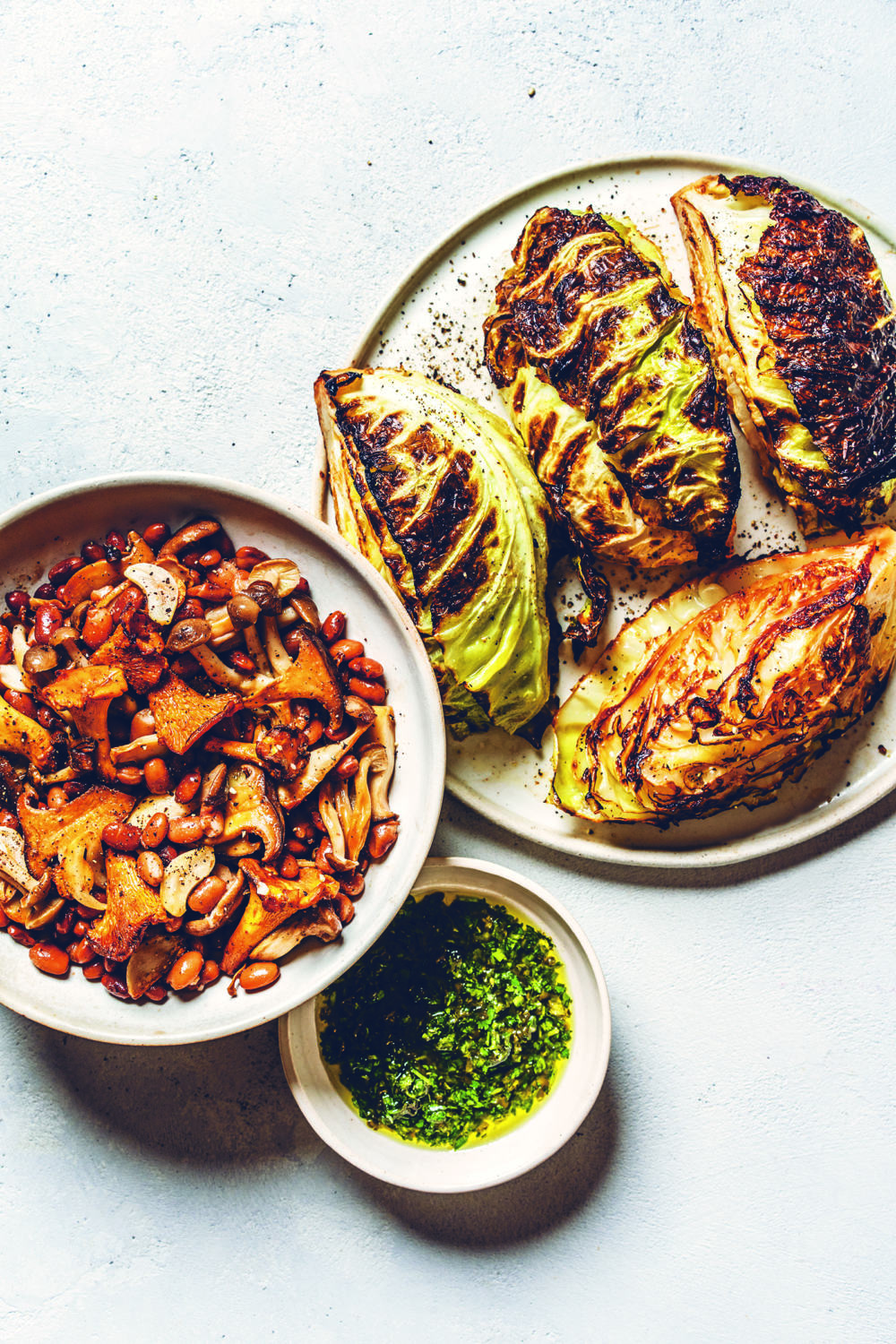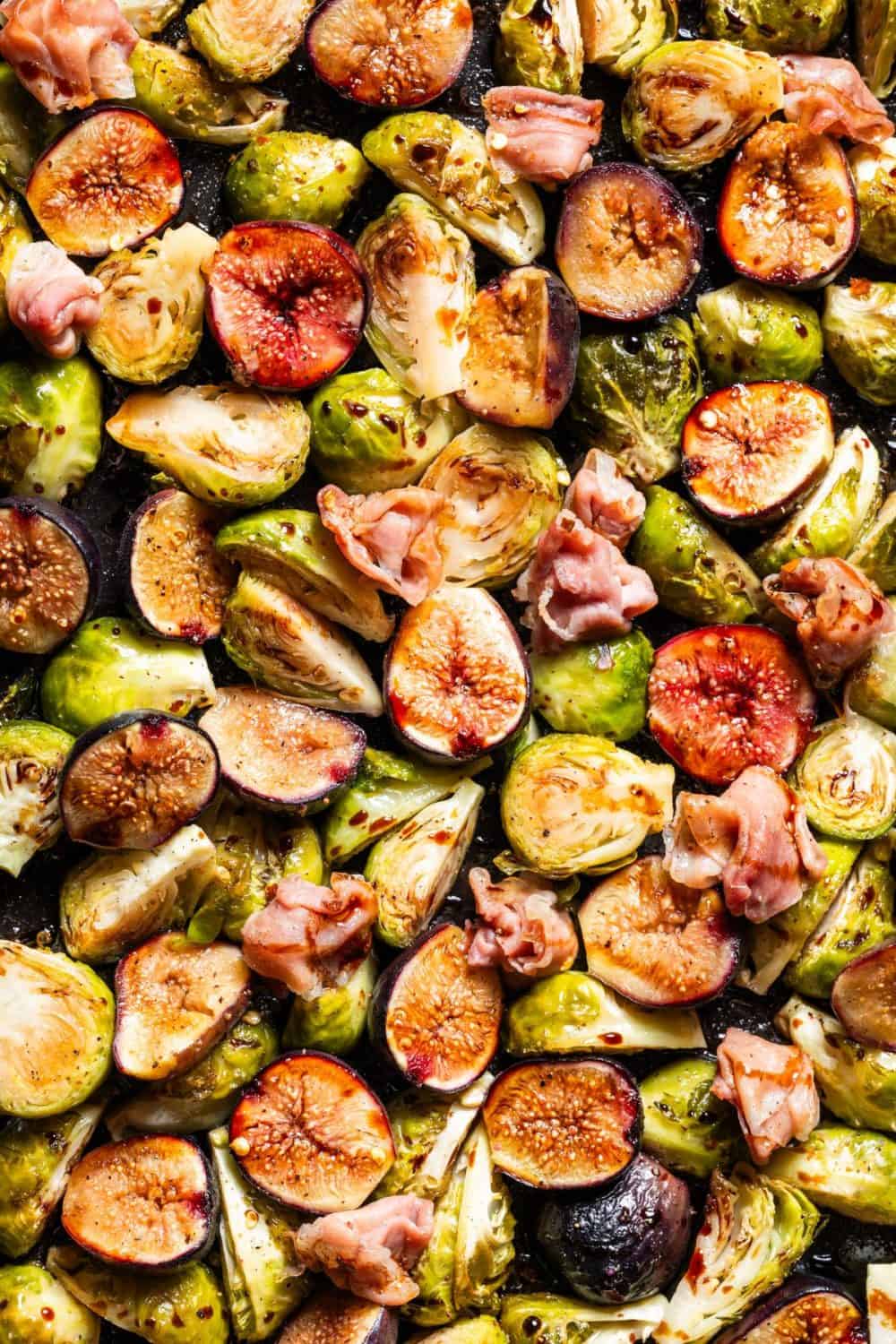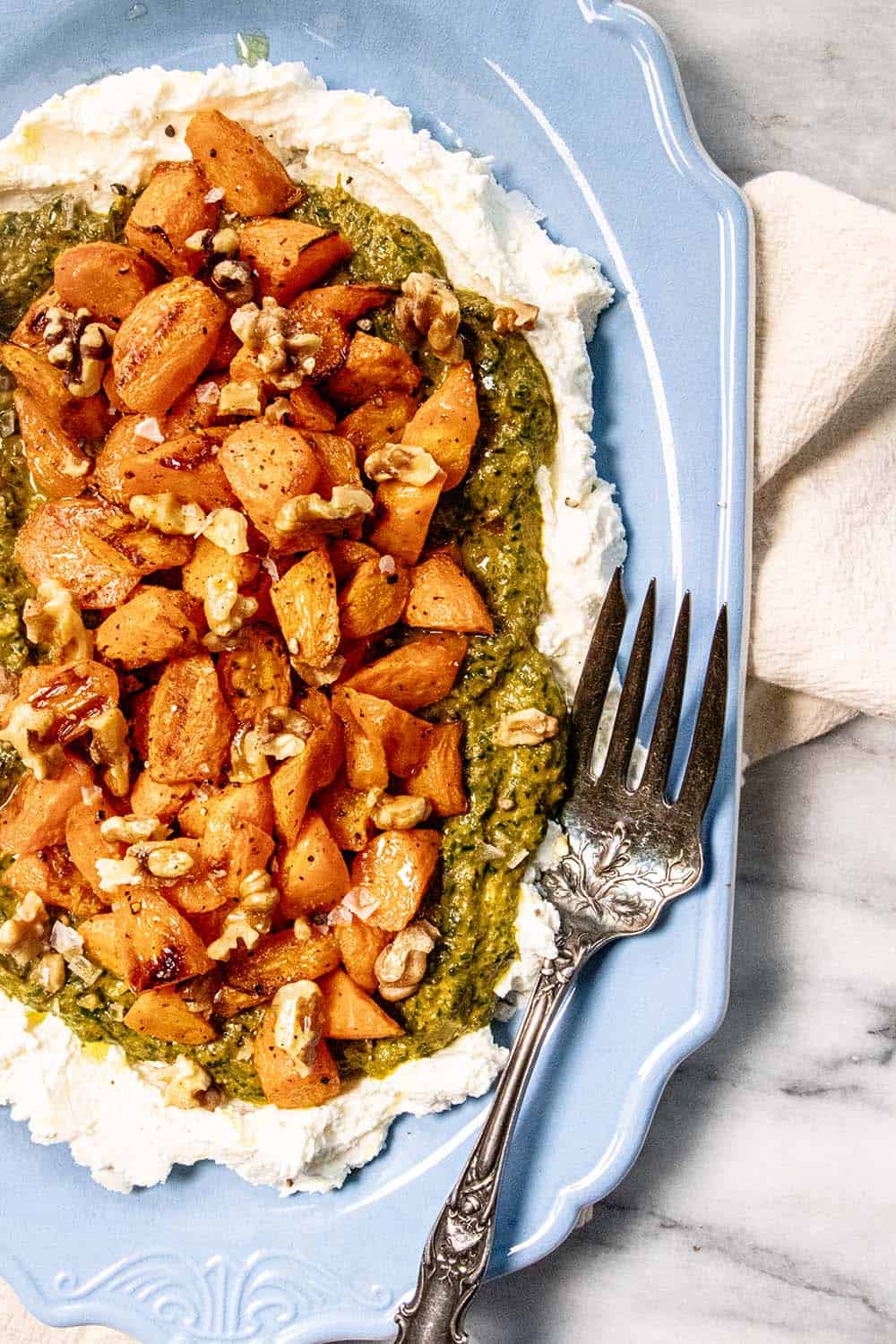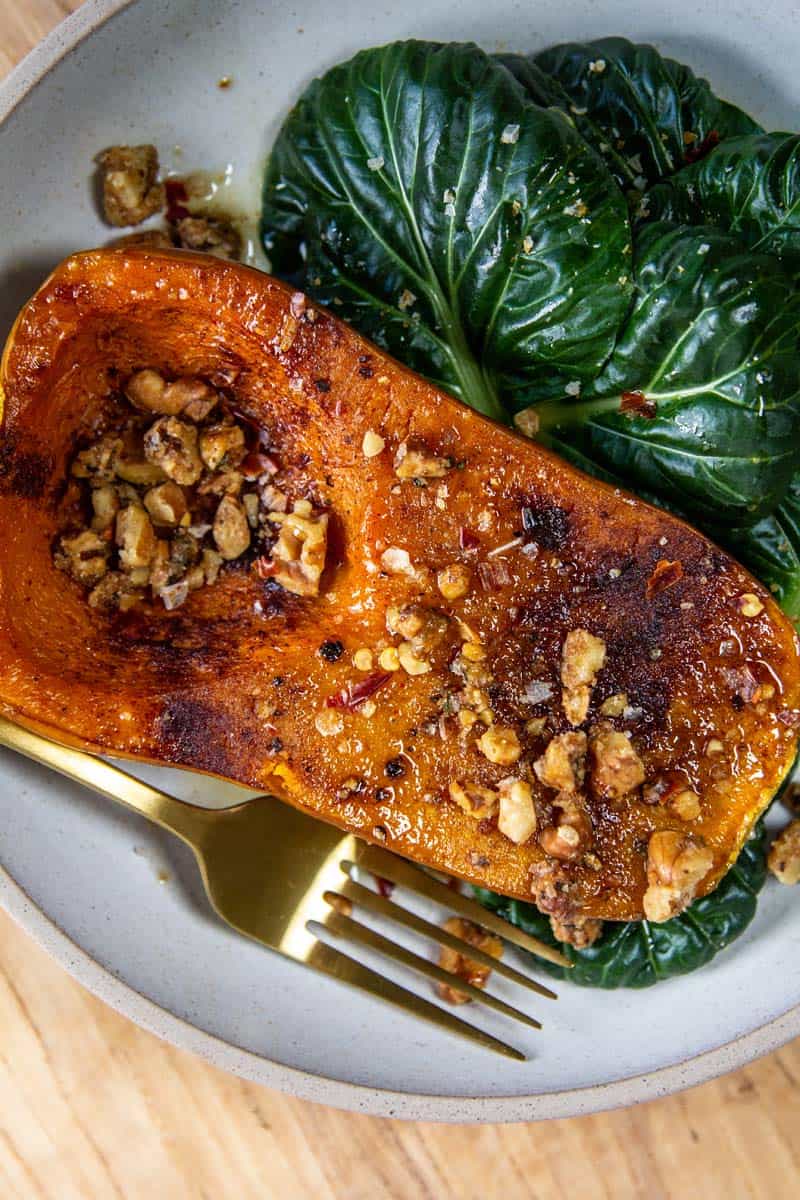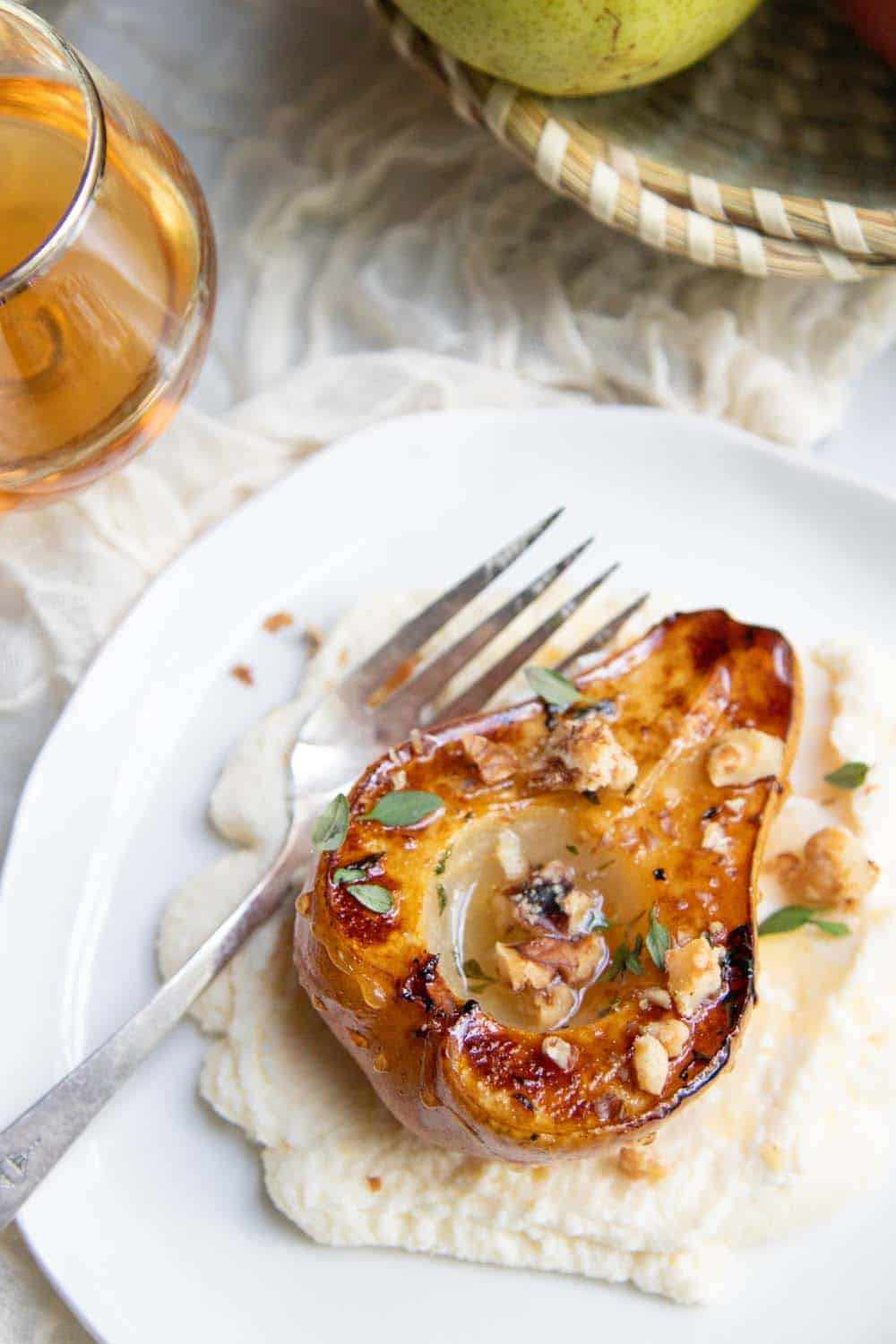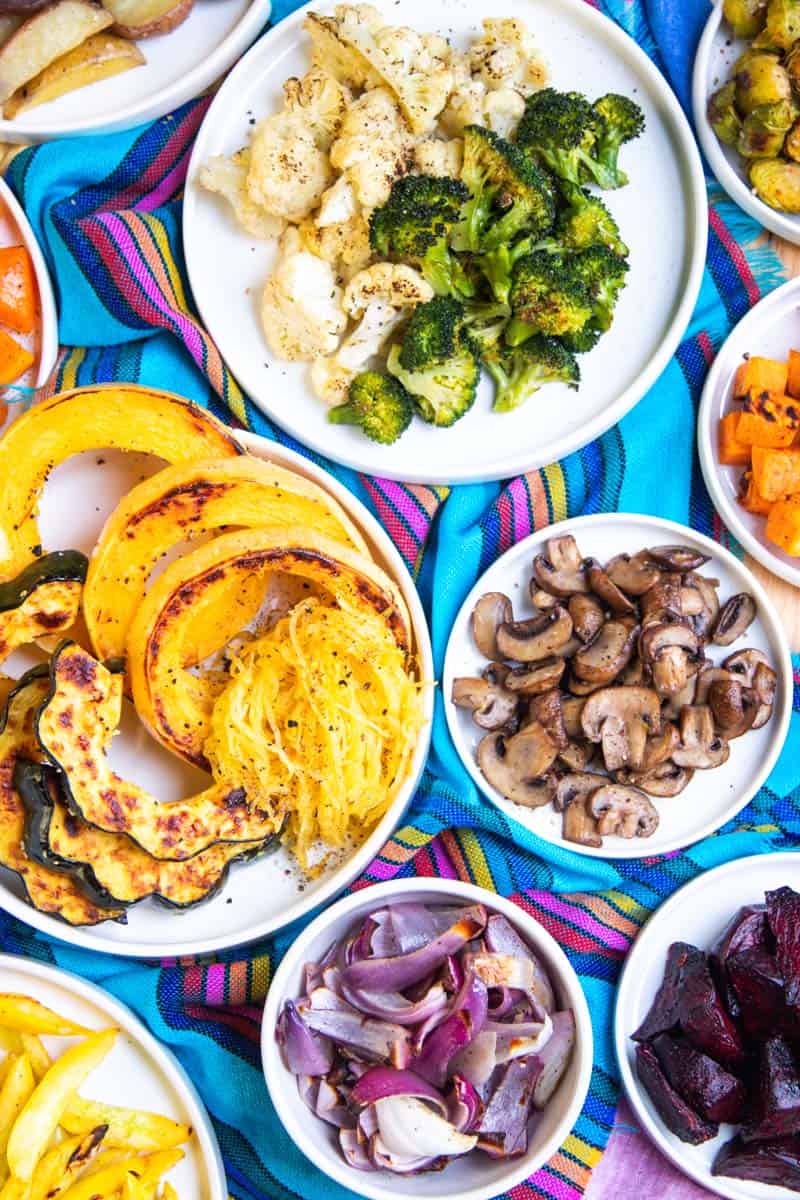
CA GROWN Blog
Discover. Learn. Connect.
How to Make Perfect Roasted Vegetables Every Time
Meet Them Here
Read Bios »How to Make Perfect Roasted Vegetables Every Time
Roasted vegetables. Simple, right? Toss some veggies on a sheet pan, drizzle a little oil, maybe sprinkle some salt, and call it a day. But if you’ve ever ended up with a soggy mess instead of beautifully caramelized, golden brown bites of perfection, you know there’s more to it than that. So, let’s break it down. The best way to roast vegetables? It all comes down to technique, heat, and a little patience.
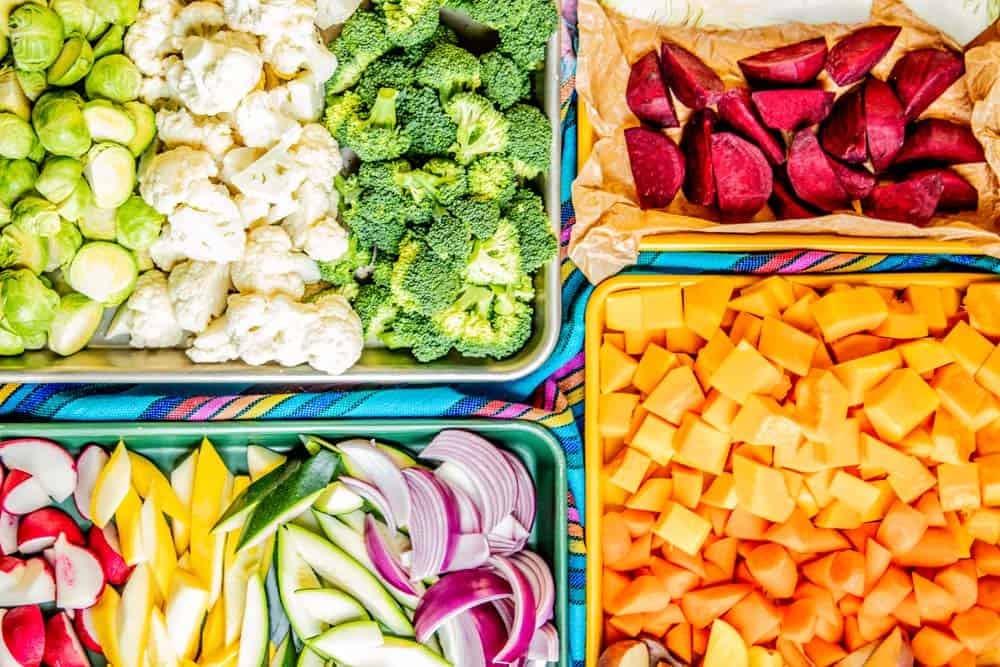
This isn’t just about throwing random root vegetables into a hot oven and hoping for the best. Oh no, my friend. This is about mastering the process—understanding how different veggies behave under high heat, how to layer flavors, and how to avoid the common pitfalls that lead to lackluster results. Ready? Let’s dive in.
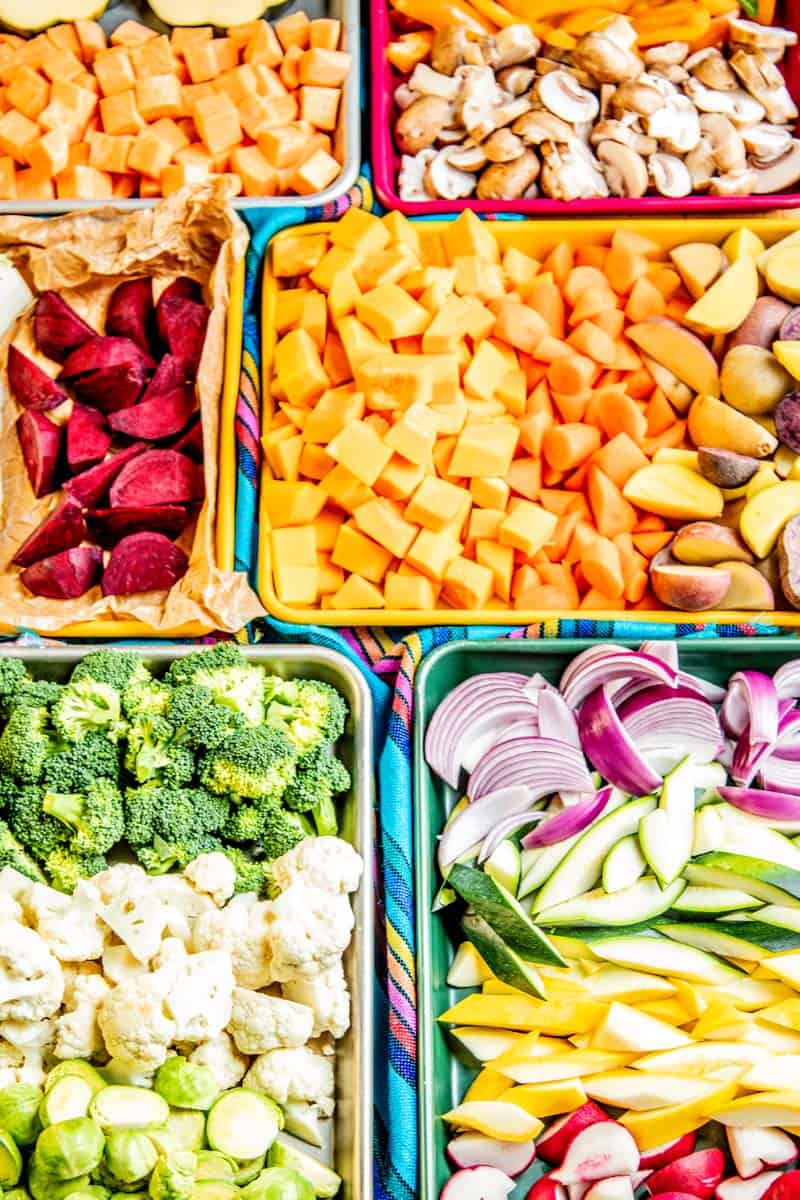
#1. Choosing the Right Vegetables for Roasting
Not all vegetables are created equal when it comes to roasting. Some thrive under high heat, turning irresistibly crispy and caramelized. Others? Not so much. So, what should you reach for?
Best Vegetables for Roasting
- Root vegetables – sweetpotatoes, butternut squash, winter squash, red onions, and yellow onions —these guys love the oven’s dry heat.
- Cruciferous vegetables – Brussels sprouts, roasted cauliflower, and broccoli florets develop that deep, nutty flavor when roasted properly.
- Bell peppers & softer veggies – While they roast beautifully, they cook faster than denser vegetables. Keep an eye on them!
- Different veggies, different needs – If you’re roasting a mix, timing is everything. More on that in a second.
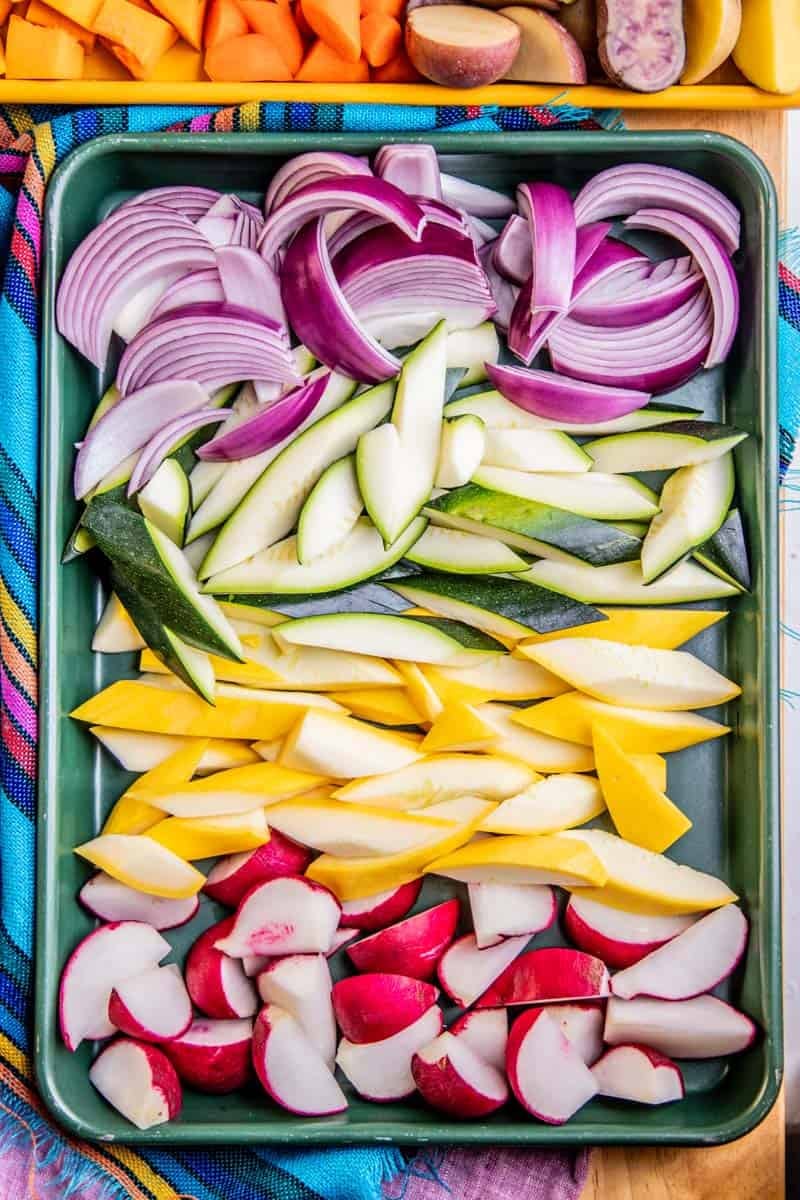
#2. Prepping Like a Pro: The Foundation of Great Roasted Vegetables
Proper Prep is Key
Before you even think about turning on that oven, your vegetables need to be prepped accordingly:
- Soak oxidizing vegetables – Vegetables like potatoes and white sweetpotatoes can oxidize quickly. Soaking them in cold water for 15-30 minutes before roasting helps maintain their color and texture.
- Wash and dry thoroughly. Excess moisture leads to steaming, not roasting. Dry your veggies very well with a towel.
- Peel if desired – Some vegetables, like sweetpotatoes, can be left unpeeled for extra texture and nutrients. Others, like butternut squash, benefit from peeling.
- Cut for even cooking – Keep everything uniform in size so that each piece roasts in the same amount of time.
- Remove seeds from watery vegetables – The seed sacks in zucchini and summer squash hold excess moisture, which can make them watery and lack luster when roasted. Cut the core of the squash out before roasting for a firmer, better texture.
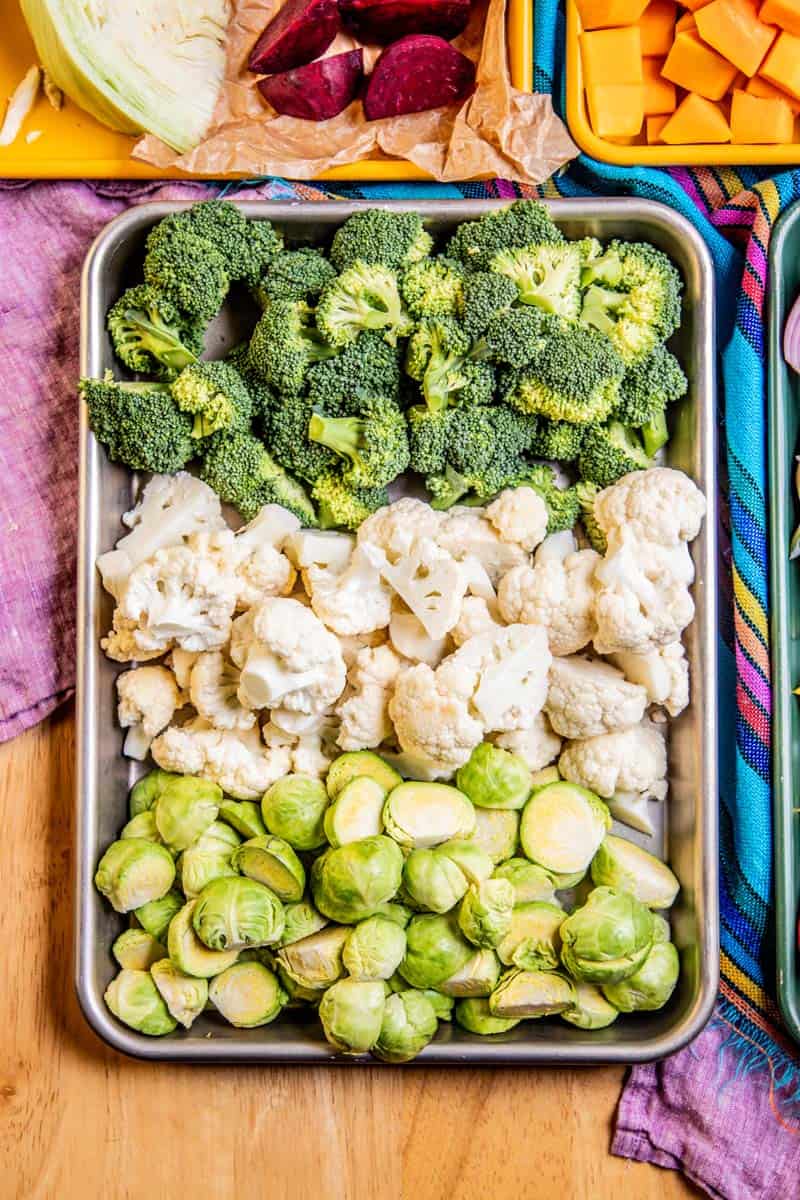
#3. The Secret to Perfect Roasted Vegetables: Heat & Technique
Use the Right Baking Sheet
A sheet pan, not a deep roasting dish, is your best friend. You need that hot air to circulate and crisp things up.
Parchment Paper vs. Direct Contact
Parchment paper makes for easier cleanup, but for maximum caramelization, roast directly on a well-oiled baking sheet.
Oil & Seasoning – Don’t Skimp
- Use Extra Virgin Olive Oil – It adds great flavor and helps with browning.
- Season well – Salt, black pepper, maybe some smoked paprika or fresh herbs if you’re feeling fancy.
- Toss thoroughly – Every piece should be coated evenly.
Single Layer, No Overcrowding
Crowded vegetables steam instead of roast. Spread them out in a single layer with some breathing room between each piece.
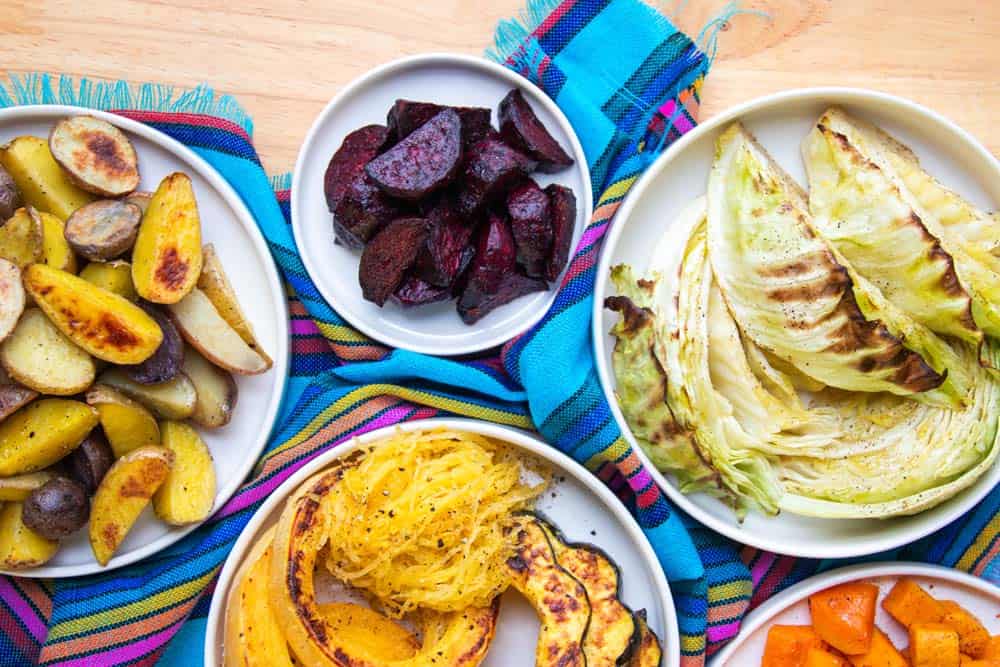
#4. Roasting Time & Temperature: The Make-or-Break Moment
The Ideal Oven Temperature
A hot oven is key. 425°F (220°C) is the sweet spot. High heat means crisp edges and caramelized goodness.
Dividing Vegetables by Cook Time
To ensure everything roasts to perfection, vegetables can be categorized by their cooking times:
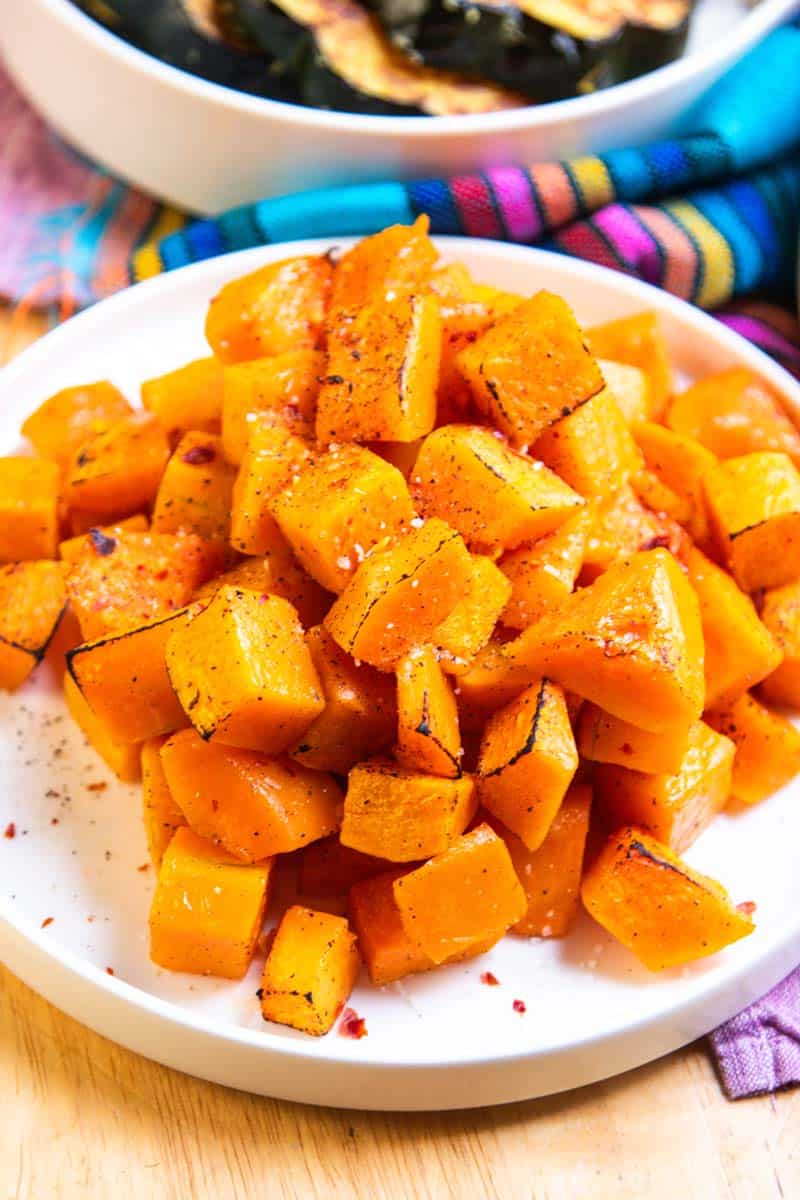
Long Roast (30-40 minutes)
Best for: Slow roasting for deep caramelization and full flavor development.
- Beets (quartered) – 30-35 minutes
- Butternut squash (diced) – 30-35 minutes
- Acorn squash & spaghetti squash (½-inch rings) – 30-35 minutes
- Green cabbage (wedges) – 30-35 minutes
Medium Roast (20-30 minutes)
Best for: Standard sheet pan roasting, great texture with crispy edges.
- Mushrooms (sliced) – 20-25 minutes
- Broccoli & cauliflower (florets) – 20-25 minutes
- Carrots (diced) – 25-30 minutes
- Sweet potatoes (diced) – 25-30 minutes
- Radishes (quartered) – 20-25 minutes
- Brussels sprouts (halved) – 25-30 minutes
- Red onion (sliced) – 20-25 minutes
- Small potatoes (halved or quartered) – 25-30 minutes
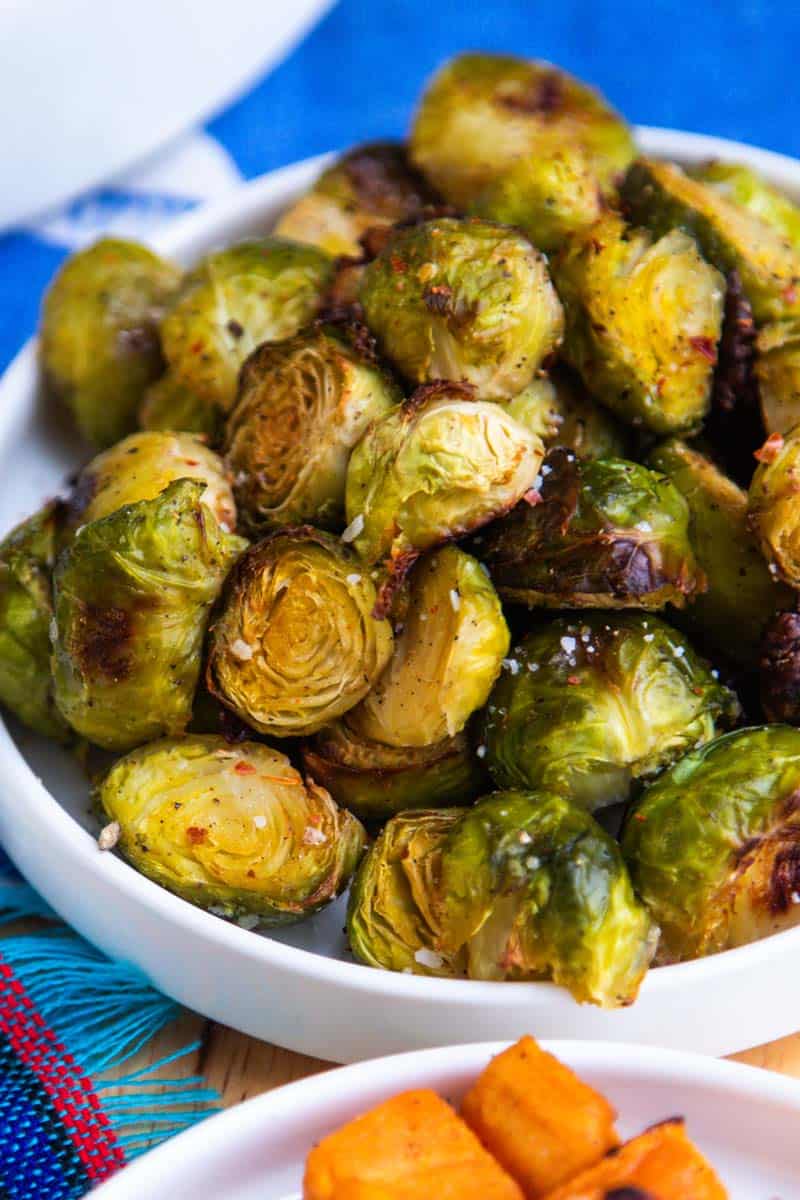
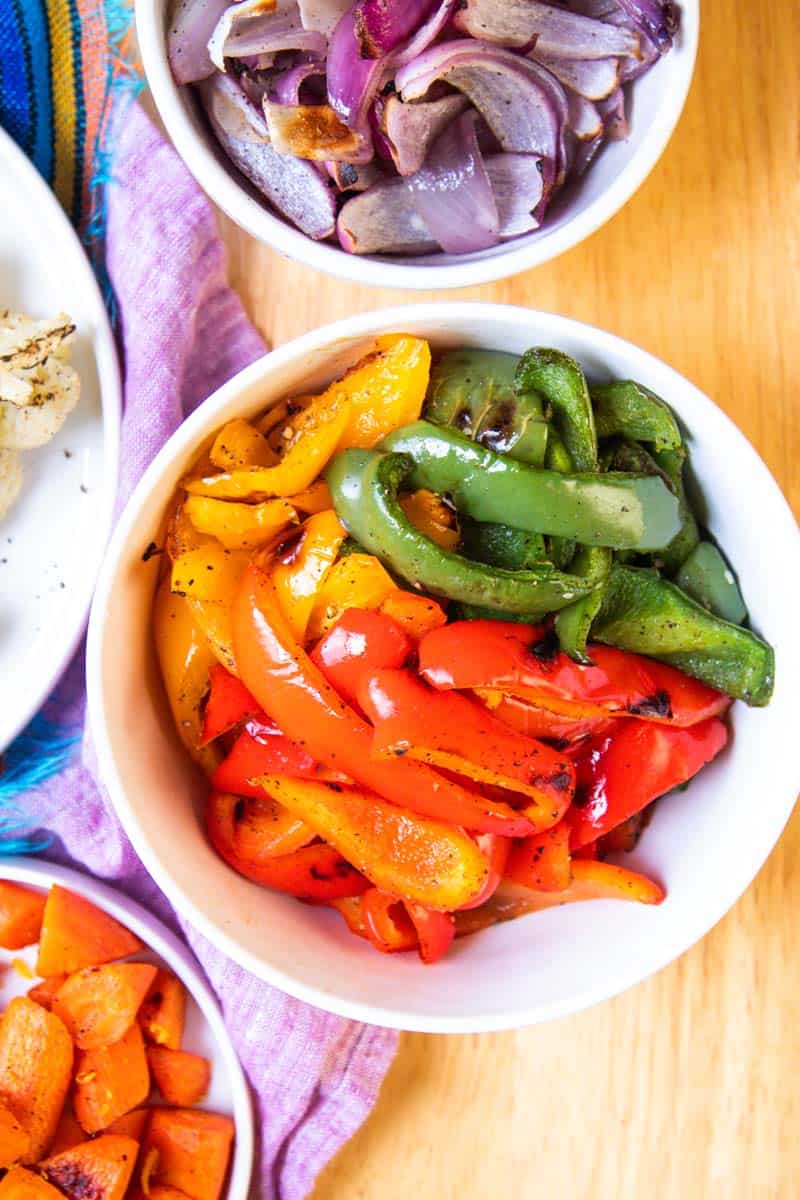
Light Roast (10-15 minutes)
Best for: Quick roasting in a hot oven or adding to sheet pans in the final minutes.
- Bell peppers (sliced) – 10-15 minutes
- Zucchini & yellow squash (sliced, seeds removed) – 10-12 minutes
- Asparagus (woody stems removed) – 12-15 minutes
Toss Halfway Through
Flip, stir, or toss your vegetables about halfway through the cooking time to get that even, golden brown magic on all sides.
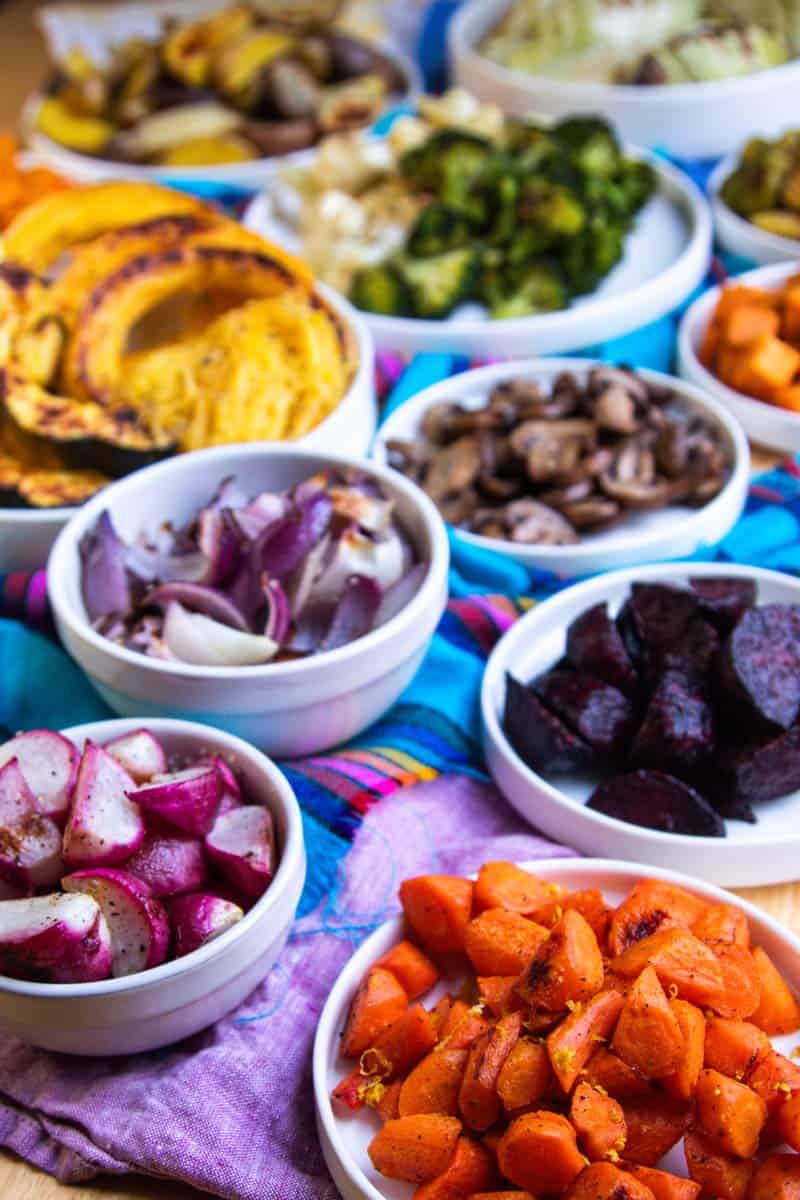
#5. Serving Up the Best Roasted Vegetables
Pairing & Finishing Touches
Now that you’ve mastered the technique, let’s discuss serving. If done right, roasted vegetables aren’t just a side dish—they’re a main event.
- Drizzle with Balsamic Glaze or lemon juice – A little acidity balances the natural sweetness.
- Sprinkle with fresh herbs – Parsley, thyme, or rosemary? Yes, please.
- Add crunch – Toasted nuts, seeds, or crispy chickpeas for extra texture.
- Pair with a dip – Hummus, aioli, or a tangy yogurt sauce elevate any roasted vegetable recipe.
The Perfect Side Dish or Star of the Show?
Roasted vegetables aren’t just a sidekick. Toss them into grain bowls, layer them in sandwiches, or mix them into pasta. The possibilities? Endless.
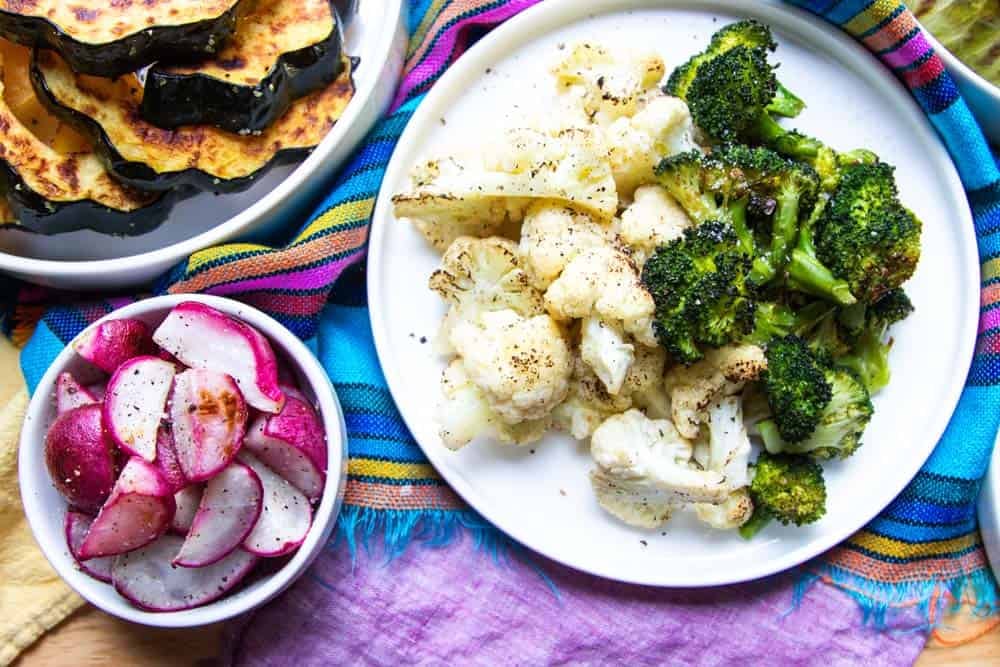
Roasting Vegetables Like a Boss
Perfect roasted vegetables aren’t about luck. They’re about technique, patience, and respecting the ingredients. With the right approach—high heat, proper spacing, and a little seasoning magic—you’ll transform even the most basic root vegetables into something worthy of a standing ovation.
NEED A PLAYLIST FOR COOKING? CHECK OUT THIS CA GROWN SPOTIFY PLAYLIST:
Now, tell us—what’s your favorite roasted vegetable combo? Share in the comments and tag us on social media with #CAGROWN!
Craving more CA GROWN goodness? Follow us on Pinterest for fresh and fabulous recipe inspiration!
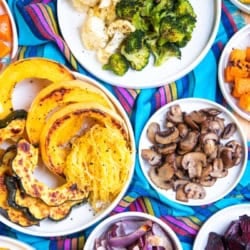
Roasted Vegetables
Equipment
- Sheet pan
Ingredients
For roasting:
- 1 TBSP olive oil
- 2 cups prepped raw vegetables see recipe notes for prepping tips.
- salt to taste
- pepper to taste
Instructions
Basic Formula for Roasting Any Vegetable:
- Cut into uniform pieces for even cooking.
- Toss with olive oil, salt, and pepper (or other seasonings of choice).
- Spread in a single layer on a baking sheet, leaving space between pieces.
- Roast at 425°F (220°C), stirring halfway through.
- Remove when tender and golden brown (see timing guide below).
Step by Step Roasting Instructions:
- Preheat the oven to 425°F (220°C). Line a baking sheet with parchment paper.
- Prep the vegetables. Wash and cut them into uniform pieces according to the roasting time guidelines below.
- Toss with oil and seasoning. Use about 1 TBSP of olive oil per 2 cups of vegetables. Sprinkle with salt and pepper, or experiment with other seasonings.
- Arrange on the baking sheet. Spread in a single layer with space between them—crowding leads to steaming instead of roasting.
Roast according to the guide:
- If roasting multiple vegetables, start with the longest-cooking ones first.Long Roast (30-40 minutes) : Beets (quartered) – 30-35 minutes. Butternut squash (diced) – 30-35 minutes. Acorn squash & spaghetti squash (½-inch rings) – 30-35 minutes. Green cabbage (wedges) – 30-35 minutes.
- Add moderate-cooking vegetables after 10 minutes.Medium Roast (20-30 minutes):Mushrooms (sliced) – 20-25 minutes. Broccoli & cauliflower (florets) – 20-25 minutes. Carrots (diced) – 25-30 minutes. Sweet potatoes (diced) – 25-30 minutes. Radishes (quartered) – 20-25 minutes. Brussels sprouts (halved) – 25-30 minutes. Red onion (sliced) – 20-25 minutes. Small potatoes (halved or quartered) – 25-30 minutes.
- Add quick-cooking vegetables in the last 10-15 minutes. Light Roast (10-15 minutes):Bell peppers (sliced) – 10-15 minutes. Zucchini & yellow squash (sliced, seeds removed) – 10-12 minutes. Asparagus (woody stems removed) – 12-15 minutes.
- Stir or flip halfway through to ensure even browning.
- Check for doneness. Vegetables are ready when they are tender and have golden, crispy edges. Remove any that finish early.
- Serve immediately or store for meal prep
Video
Notes
Allow to cool and store refrigerated in an airtight container for up to 5 days. Proper Prep is Key Before you even think about turning on that oven, your vegetables need to be prepped accordingly:
-
- Soak Oxidizing Vegetables – Vegetables like potatoes and white sweetpotatoes can oxidize quickly. Soaking them in cold water for 15-30 minutes before roasting helps maintain their color and texture.
-
- Wash and dry Thoroughly. Excess moisture leads to steaming, not roasting. Dry your veggies very well with a towel.
-
- Peel If Desired – Some vegetables, like sweetpotatoes, can be left unpeeled for extra texture and nutrients. Others, like butternut squash, benefit from peeling.
-
- Cut for Even Cooking – Keep everything uniform in size so that each piece roasts in the same amount of time.
-
- Remove Seeds from Watery Vegetables – The seed sacks in zucchini and summer squash hold excess moisture, which can make them watery and lack luster when roasted. Cut the core of the squash out before roasting for a firmer, better texture.
Nutrition
Keep Scrolling for More Roasted Fruit and Vegetable Recipes You Are Sure To Love.
